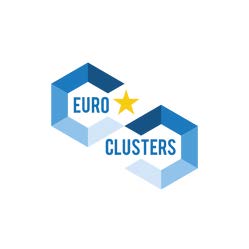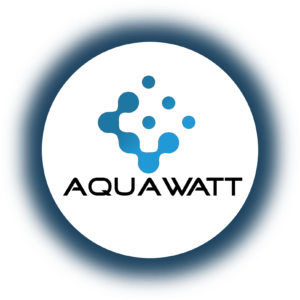AQUAWATT
Microturbine-powered and AI-driven IoT System for Water Assets Management
Microturbine-powered and AI-driven IoT System for Water Assets Management
Acronym: AQUAWATT
Project Partners: Advanced Microturbines Srl; A-SIGN Srl
Country: Italy
Industrial ecosystem: Energy-intensive industries
Date of the award: 29/09/2023
Duration: 01/11/2023 – 01/11/2024



SUMMARY
The AQUAWATT project, developed by Advanced Microturbines Srl and A-SIGN Srl, represents a breakthrough in sustainable water infrastructure management. This innovative system addresses the critical challenge of water losses in European pipelines, where 23% of drinking water is lost, resulting in significant environmental and economic impacts.
At the heart of AQUAWATT is a patented microturbine that harvests energy from water pipeline pressure that would otherwise be wasted, generating up to 200W of power. This self-sustaining approach eliminates the need for external power sources, reducing CO2 emissions by approximately 1 ton per year per installation. The microturbine features enhanced durability ensuring reliable operation on site.
The project innovation extends beyond hardware to include cutting-edge software capabilities. A-SIGN developed the Battery Life Prediction Tool (BLPT), incorporating advanced Physics-Informed Neural Networks (PINN) and Bayesian models for predictive maintenance. This AI-powered system enables proactive asset management, transforming how water utilities monitor and maintain their networks.
Key achievements include successful field testing, implementation of a number communication protocols for remote monitoring, and development of a user-friendly interface for real-time data visualization. The solution enables continuous monitoring of water networks reducing maintenance costs.
AQUAWATT directly contributes to both the Digital and Green Transitions by combining IoT technology with sustainable energy harvesting. The project aligns with the EU Water Framework Directive and European Green Deal objectives, offering water utilities a powerful tool to improve operational efficiency through data-driven decision-making.
